Jim Palmer
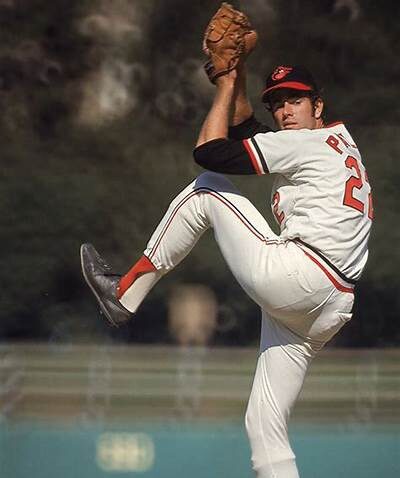
| Birthdate | 10/15/1945 |
| Death Date | |
| Debut Year | 1965 |
| Year of Induction | 1990 |
| Teams | Orioles |
| Positions | Announcer, Pitcher |
With eight seasons of 20 or more wins during the decade, Jim Palmer totaled more victories than any Major League pitcher of the 1970s.
Leave a commentIn the collection:
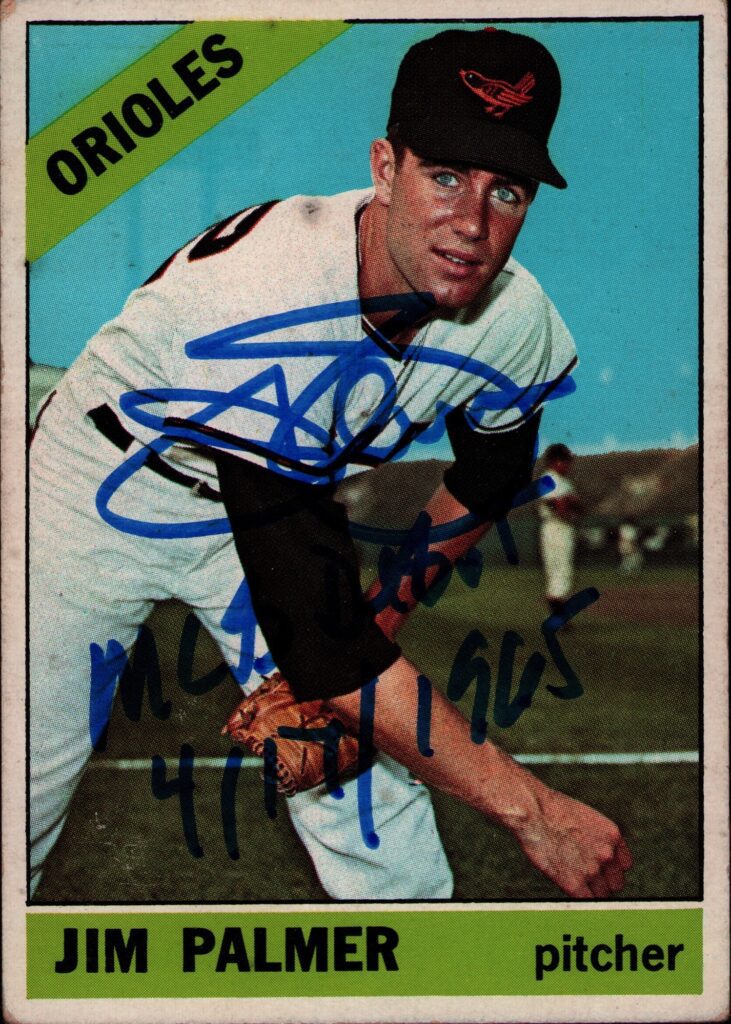
Palmer broke in as a 19-year-old in 1965; the next season he was a 15-game winner
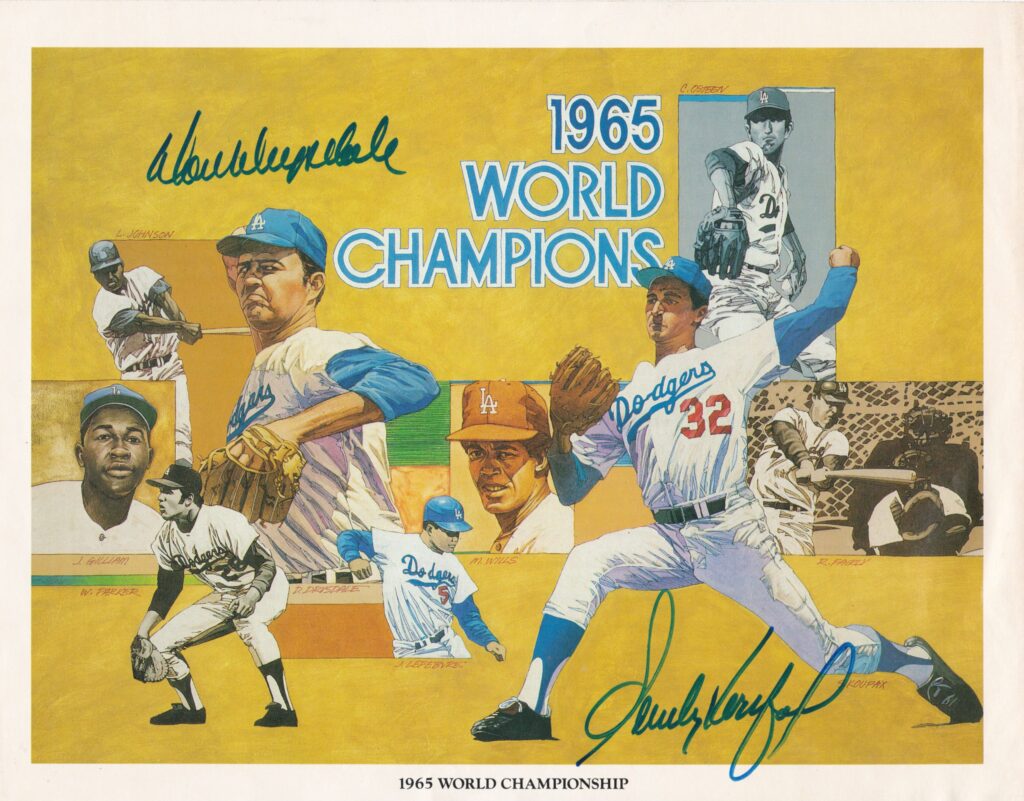
Sandy Koufax's final MLB game was a Game 2 loss in the 1966 World Series against Palmer
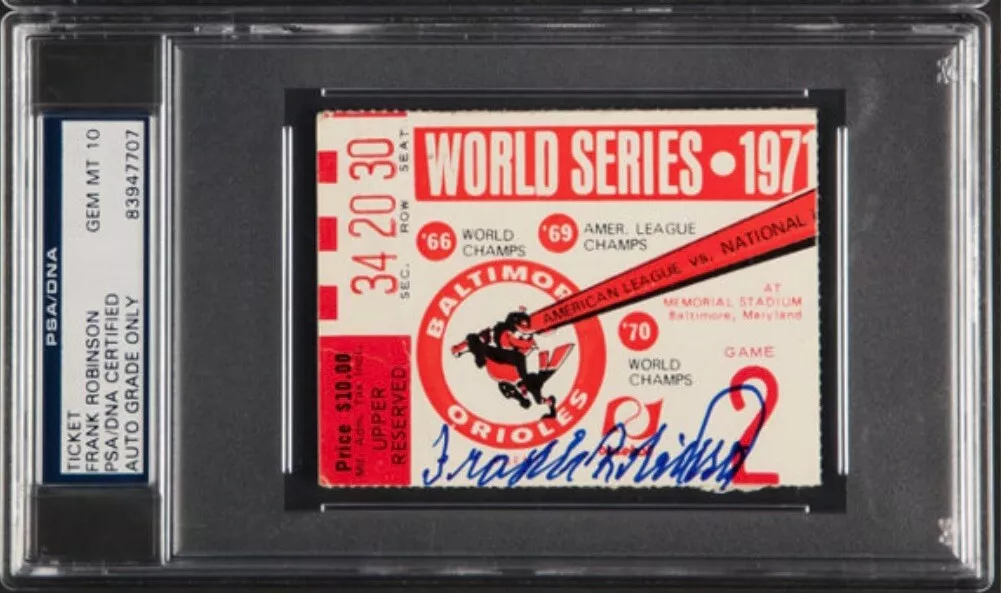
Palmer pitched well in his two starts in the 1971 World Series agains the Pirates
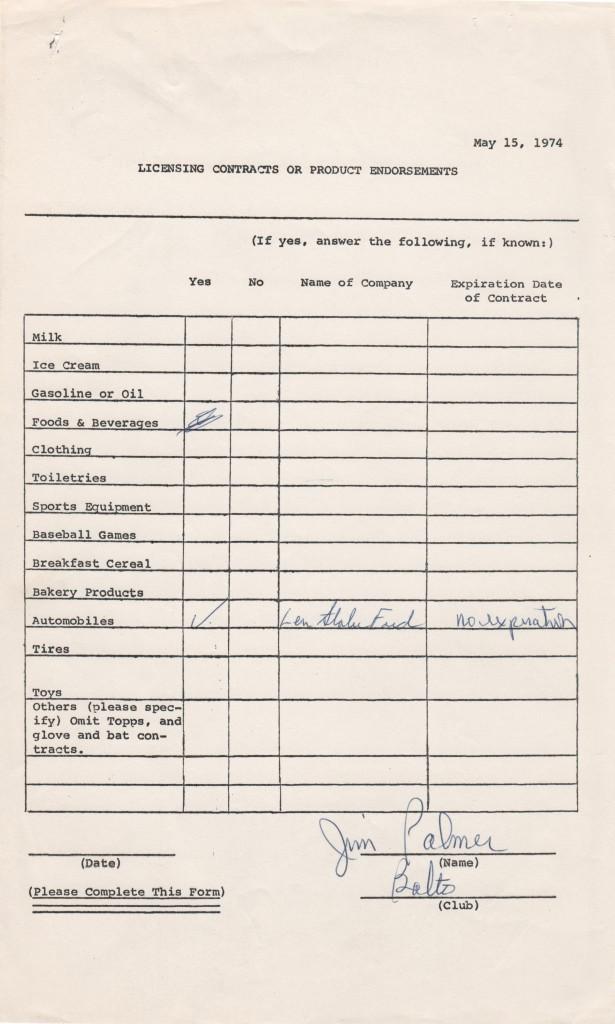
Palmer earned three Cy Young Awards in four years from 1973-1976
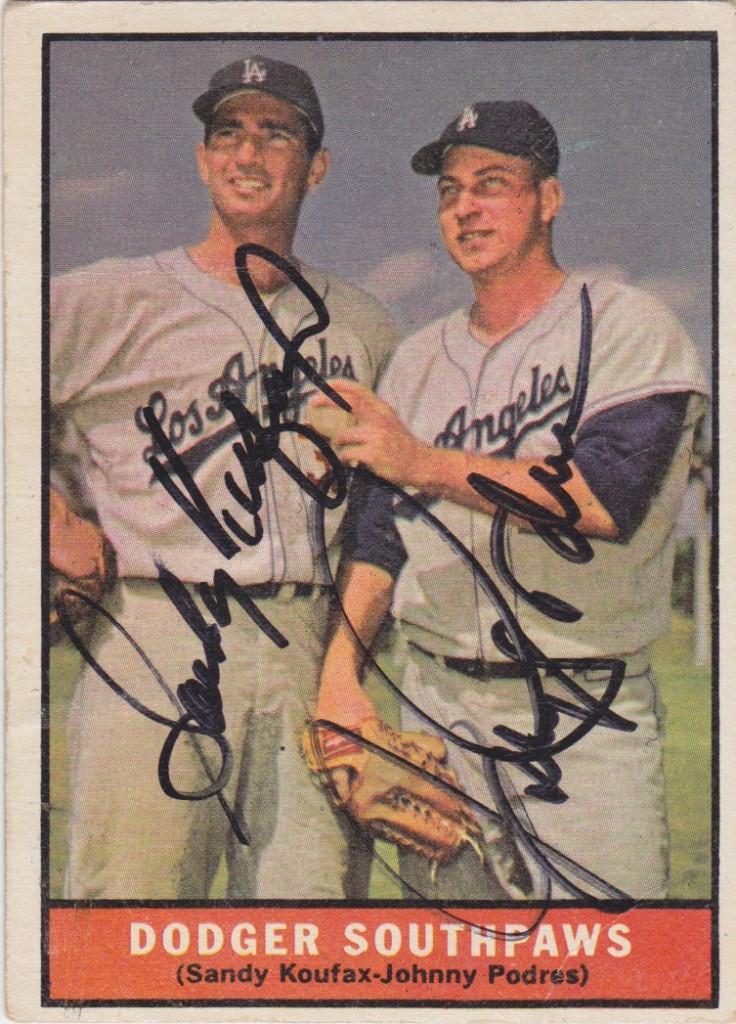
Jim Palmer is one of eleven hurlers to earn at least three Cy Young Awards
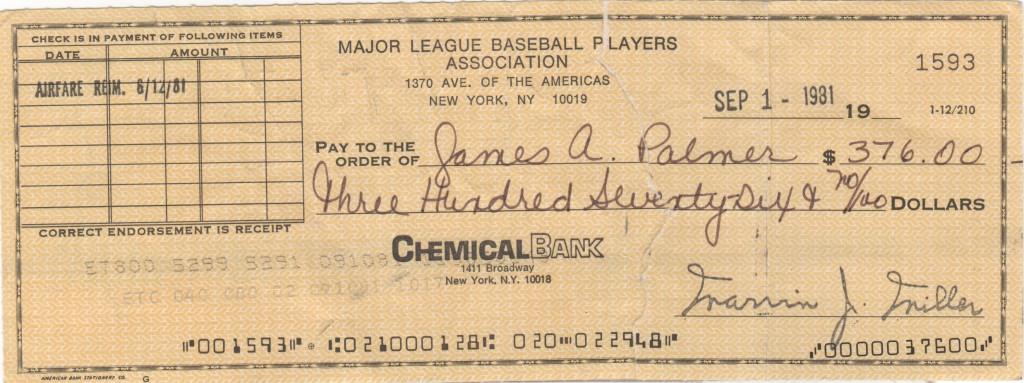
Palmer won 20 or more eight times in the 70s as the decade's win leader
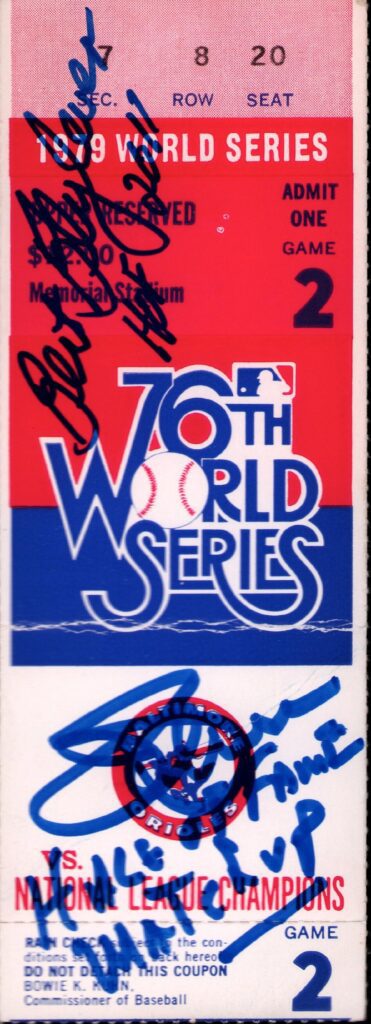
Palmer saw much individual and team success
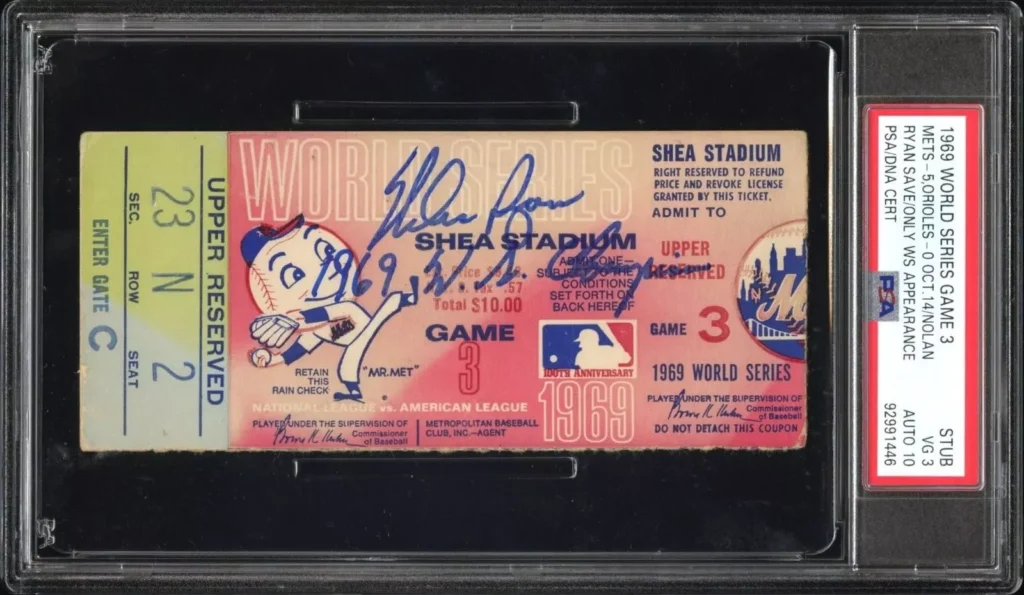
Jim Palmer went 4-2 with 44 Ks in nine World Series appearances
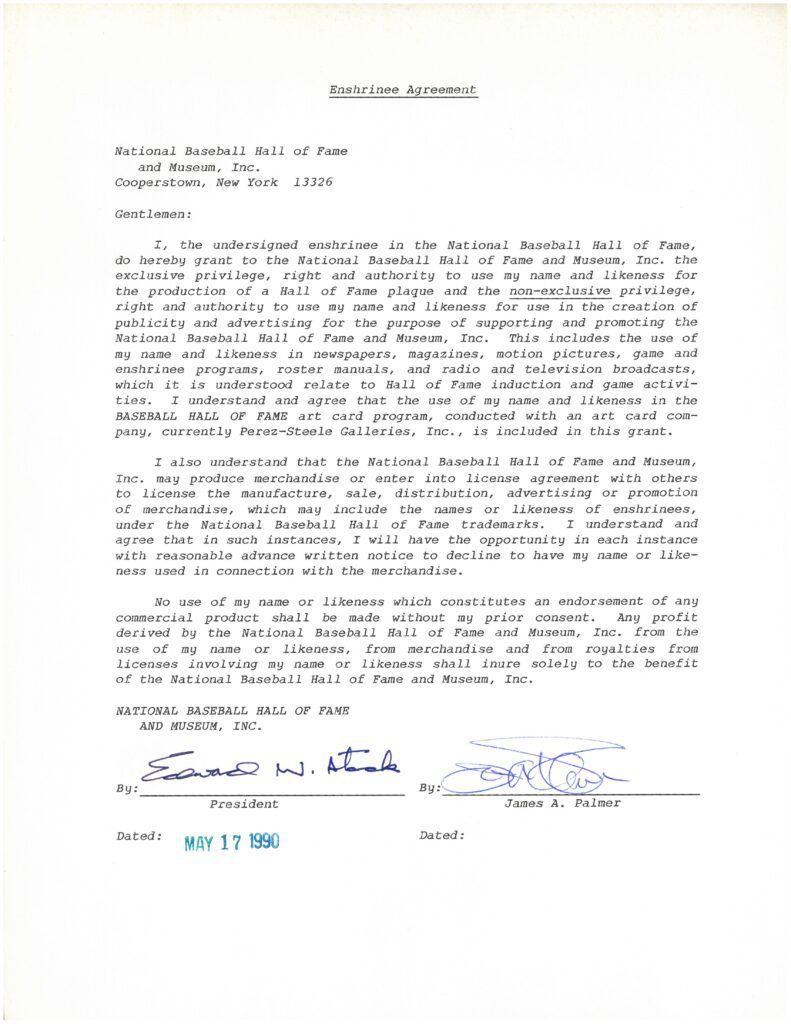
Cooperstown drafted Palmer for the Hall of Fame in 1990

There are many arrangements once the Hall adds a new member

Howard Tablot dedicated more than four decades of his life to the Hall of Fame

Catcher Elrod Hendricks was Palmer's Oriole teammate for 11 seasons
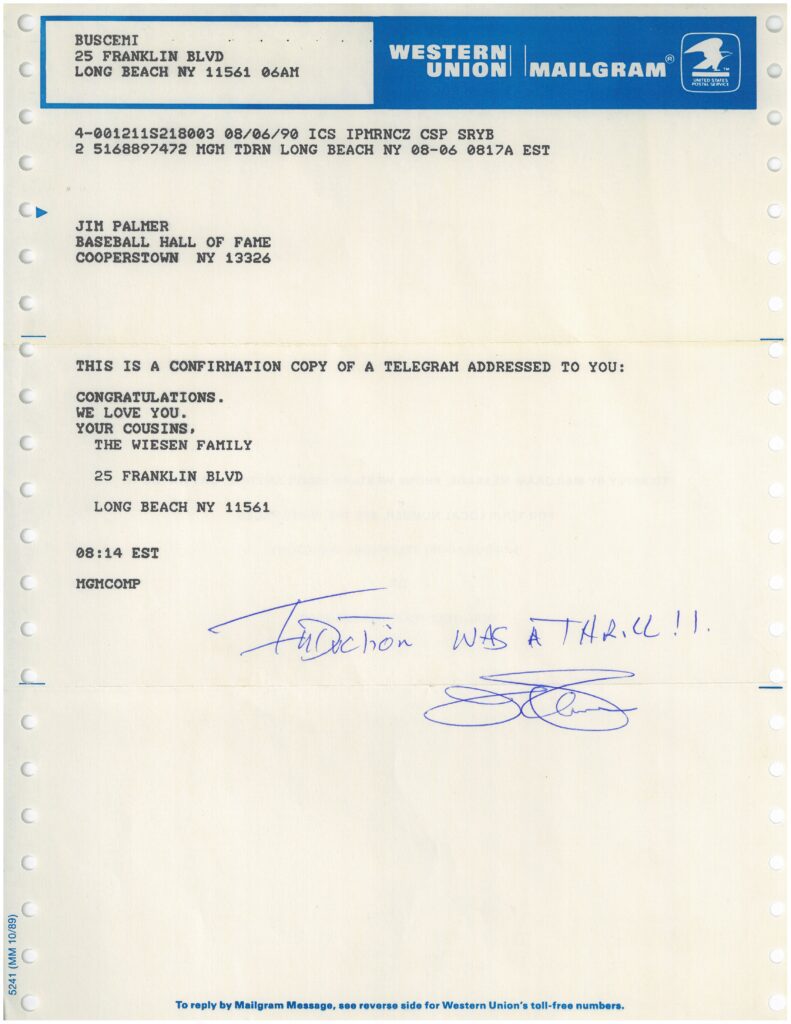
Palmer felt the love of fans, teammates, and family upon his induction
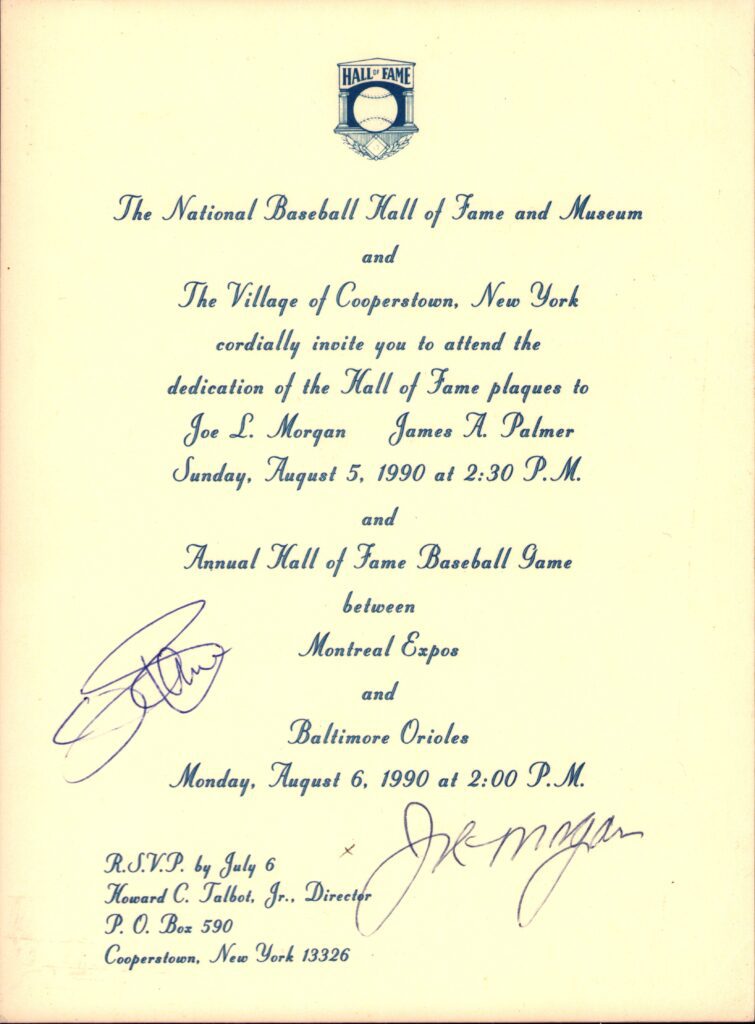
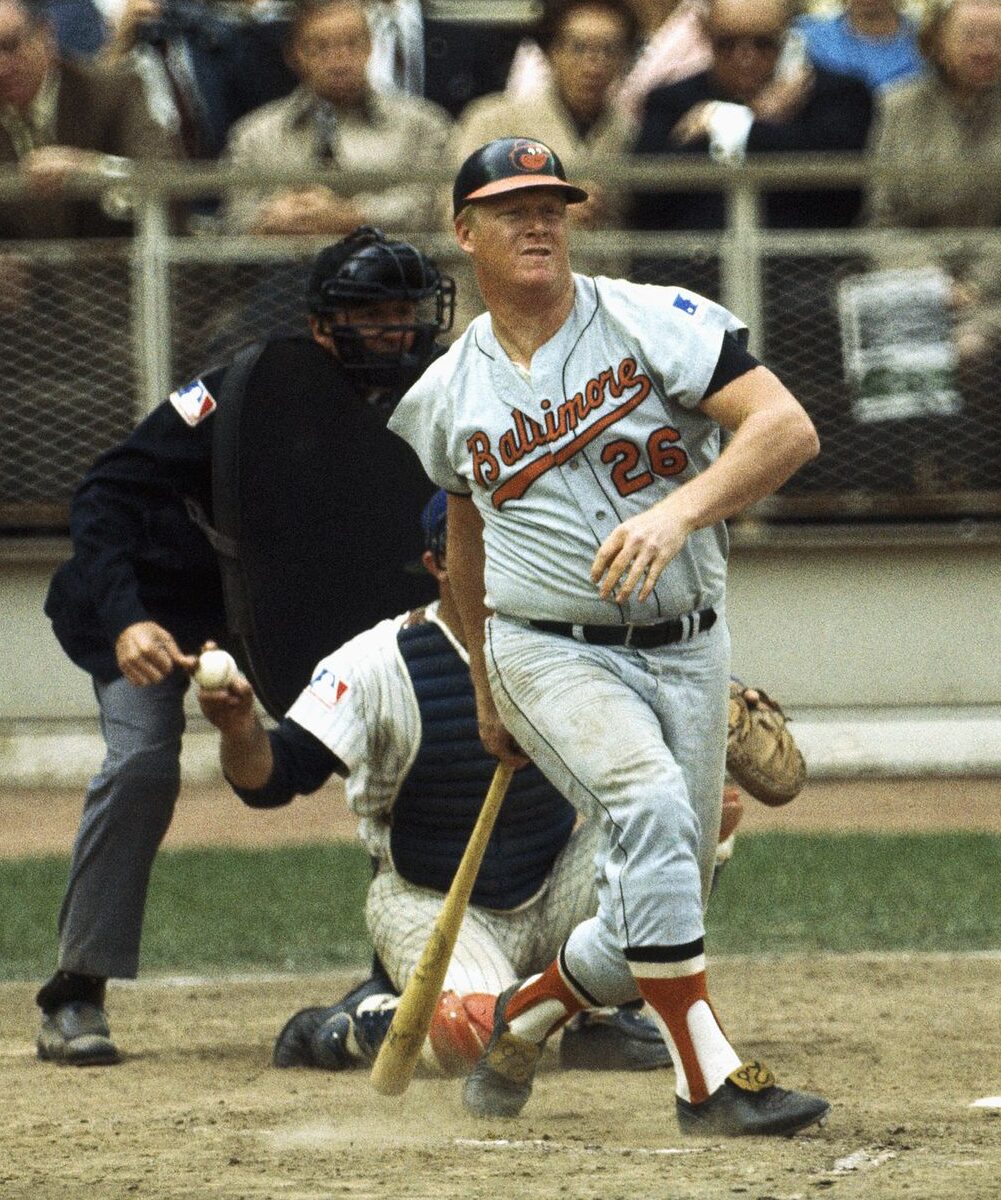

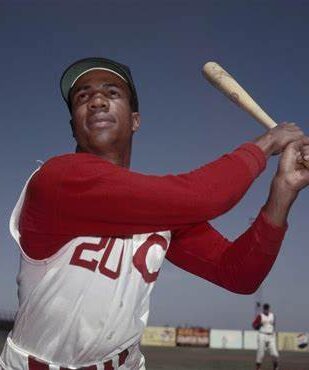
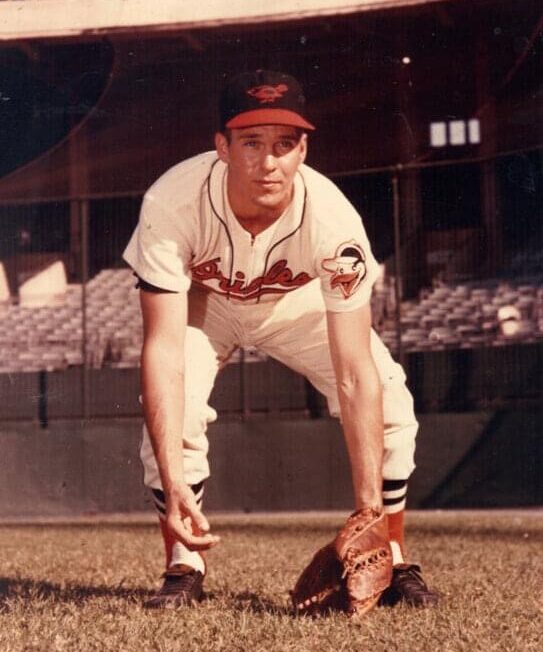
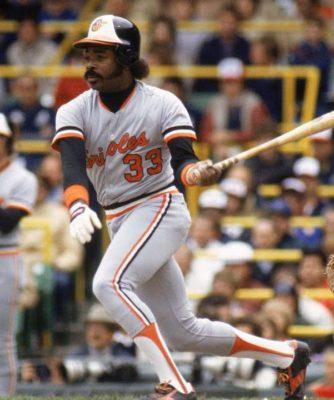
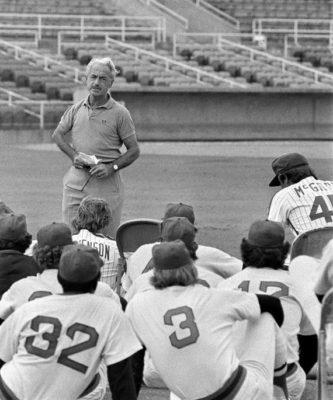
I have an Elrond Hendricks game bat (cracked) signed and used by Eddie Murray. Eddie’s numbers on the butt.Can you give me any insight to this bat . Thank You